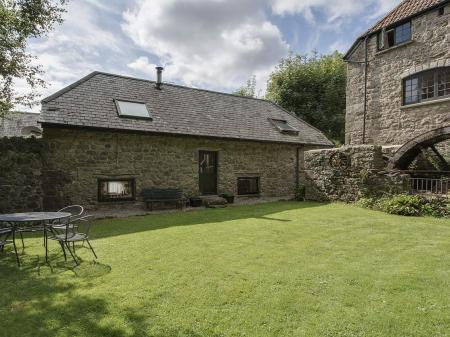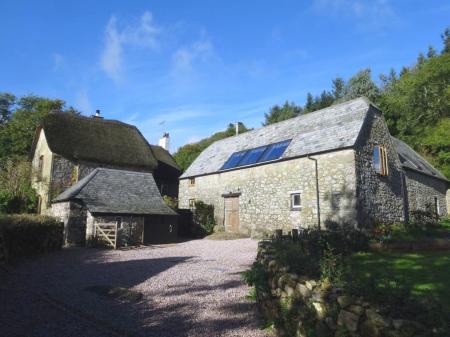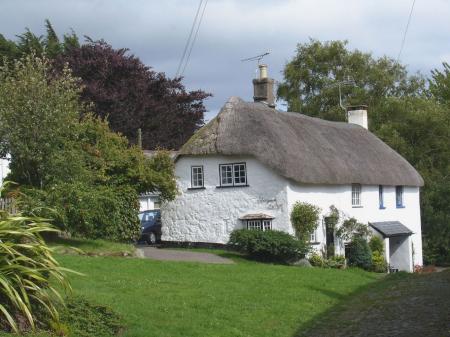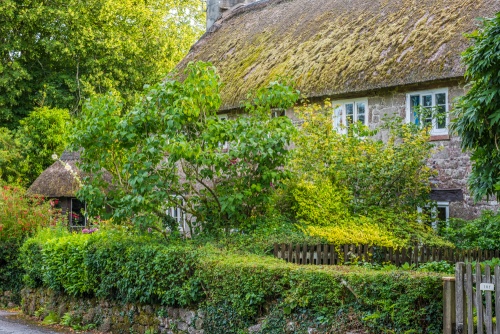
Manaton is really two villages; the upper village developed around the village green, hall, and church, while the lower village is centred on a modern pub serving the former hamlets of Freelands and Water.
St Winifred's Church
On the north side of the wide village green stands the parish church, dedicated to St Winifred and built in the 15th century. Perhaps the most interesting historic feature is the painted rood screen, made around 1500 and decorated with fleur-de-lis and Tudor rose symbols. The screen was defaced during the Reformation but remains a very good example of late medieval work.
Another version of the story says that the figures of saints were literally defaced by Cromwell's soldiers during the Civil War.
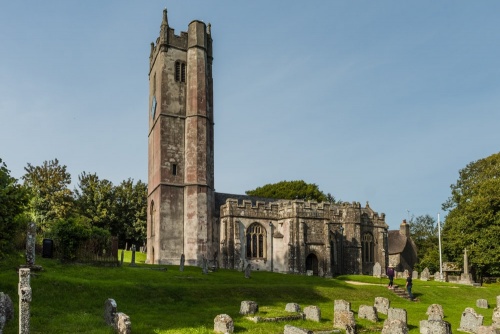
A local story tells us that there used to be an old granite cross in the churchyard. A custom developed to carry the coffin of a dead villager around the cross three times on the way to burial.
A Victorian rector named Reverend C. Carwithen thought the custom was un-Christian and preached against it. When villagers persisted in their tradition Rev. Carwithen went out secretly at night and smashed the cross into little pieces.
While that story may be true, there is still a churchyard cross, thought to be medieval - perhaps it is a second cross unrelated to Rev Carwithen.
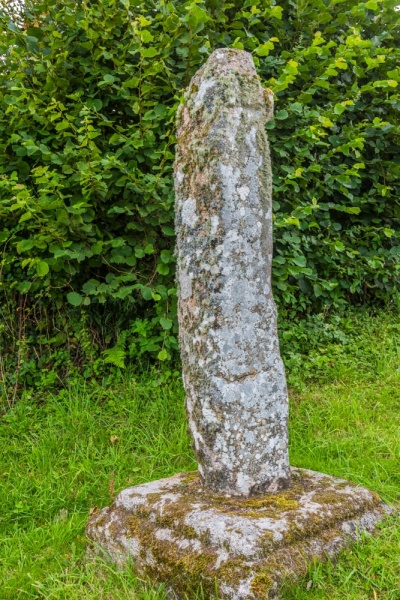
Perhaps you can learn more about the legend and other tales of local history at the Kestor Inn, the hub of village life.
On the east side of the churchyard is Church House, a thatched house dating to the early Tudor period. On the north side of the village green is Half Moon Cottage, dating to the late 16th century. This was originally a farmhouse but has been converted into several cottages. On the east side of the village green, a granite archway leads to the vicarage. The gateway is thought to be late 15th or early 16th-century work.
Bowerman's Nose
Visible from the churchyard is this peculiar formation of weathered granite stone. From one side the rock looks like a man in profile, a cap on his head, and a long nose protruding from it. The name 'Bowerman' is usually taken to mean an archer, or bowman.
One old story says that a bowman was out hunting one day when his dogs disturbed a group of witches. They cursed him and turned his hounds and the bowman into stone. Access is very easy and you can see the 'Nose' rock from a long distance.
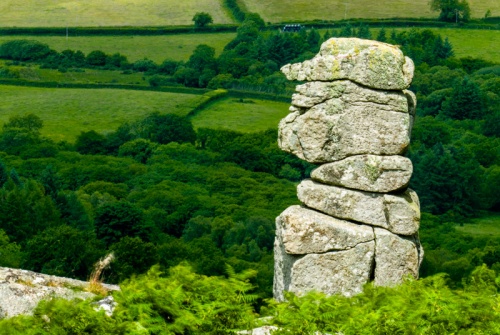
Hound Tor Medieval Village
Beneath the rock formations on Hound Tor, tucked in a little hollow, is a deserted hamlet, occupied in the 13th century and deserted by the 15th century. There are foundation walls of 4 stone houses, or farm buildings to see.
It is typical to assume that medieval settlements were deserted because of the Black Death, but in this case, the reason may have been poor water supply. The village is in the care of English Heritage and there is a very easy path from Hound Tor itself to the village site.
Grimspound
At the northern edge of Manaton parish is the late Bronze Age settlement of Grimspound. The settlement is composed of 24 stone huts within a large boundary wall. The location is stunning, and the houses are very well-preserved, giving you a good picture of how the inhabitants lived.




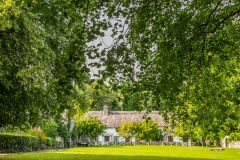
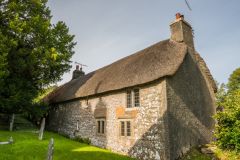
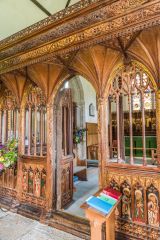
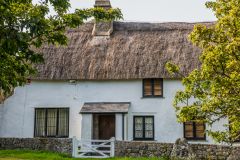
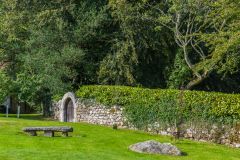
 We've 'tagged' this attraction information to help you find related historic attractions and learn more about major time periods mentioned.
We've 'tagged' this attraction information to help you find related historic attractions and learn more about major time periods mentioned.